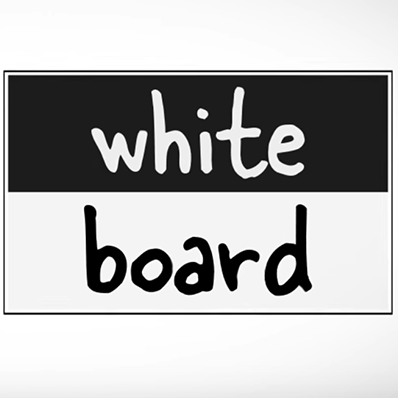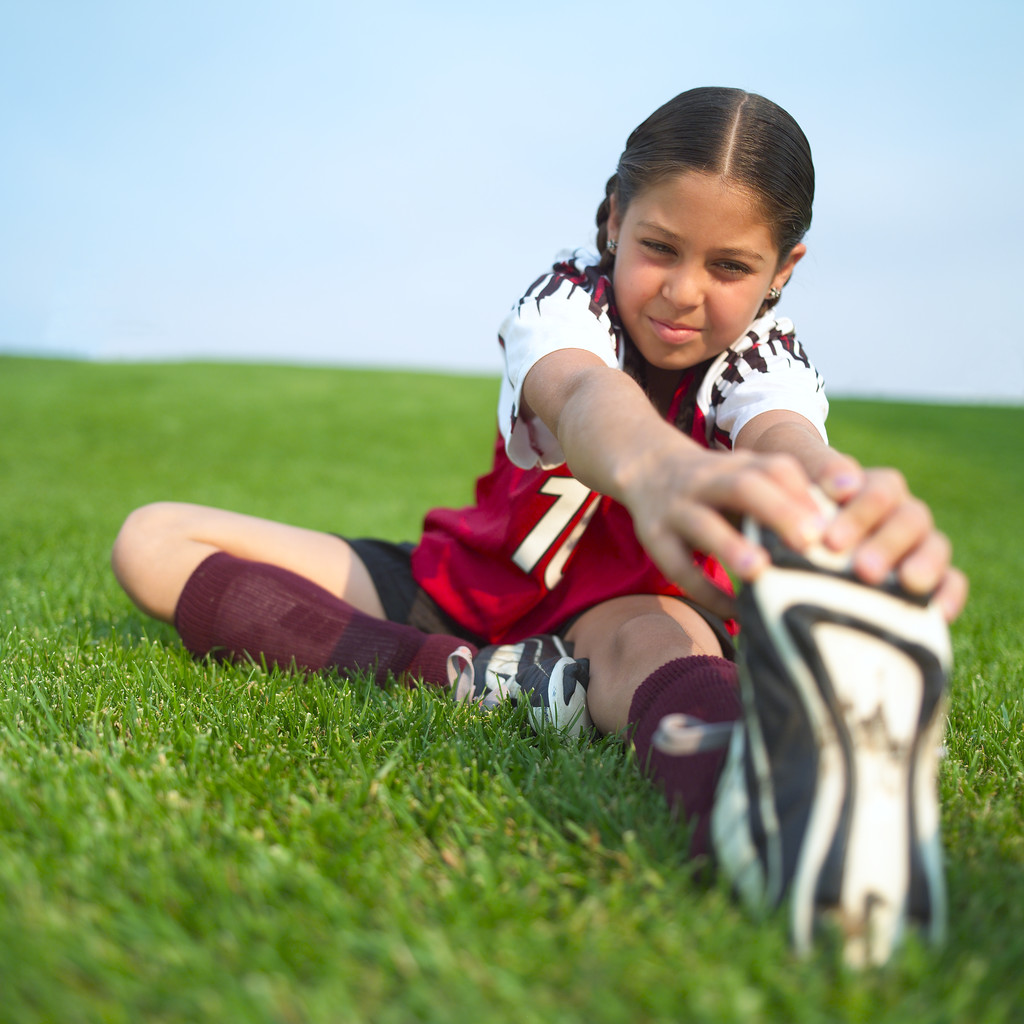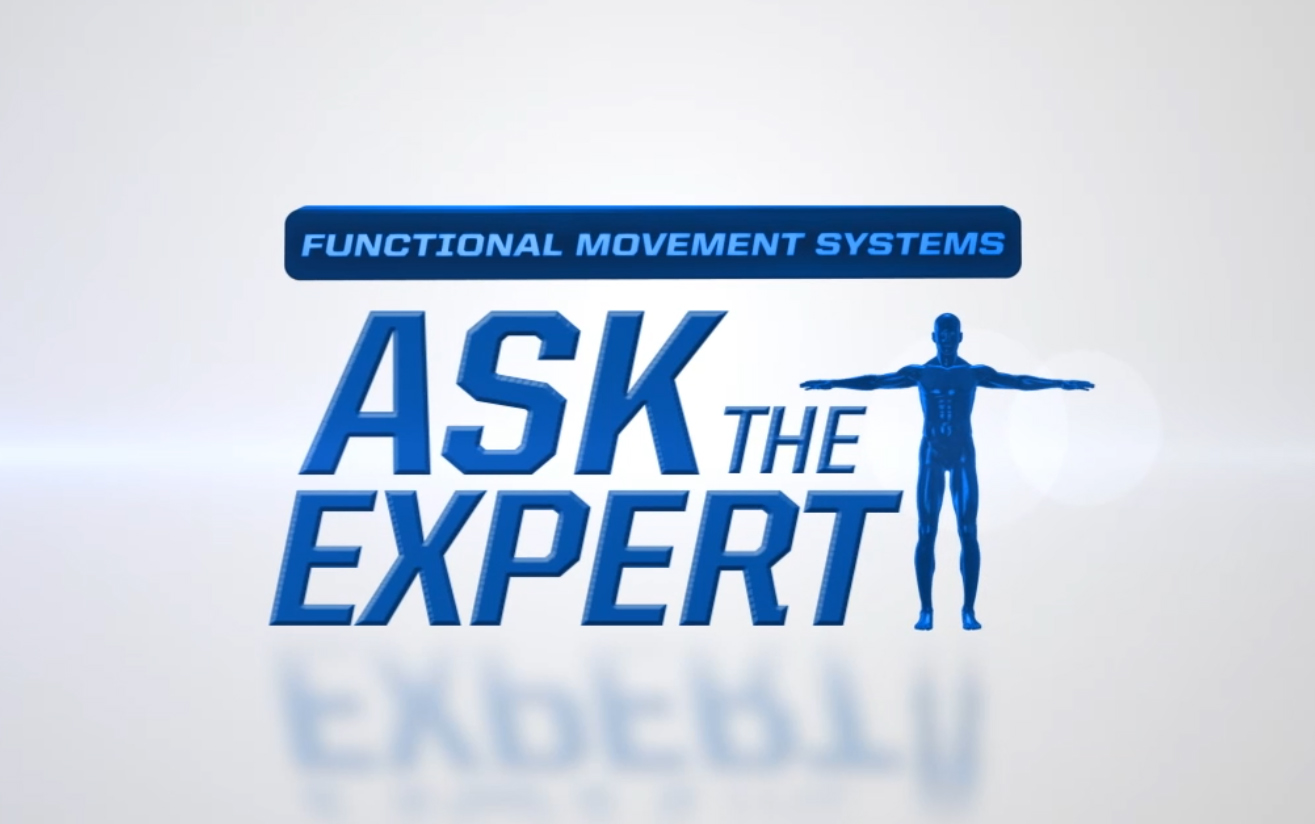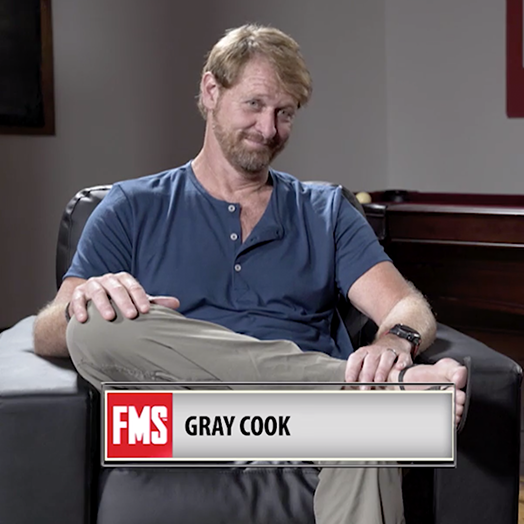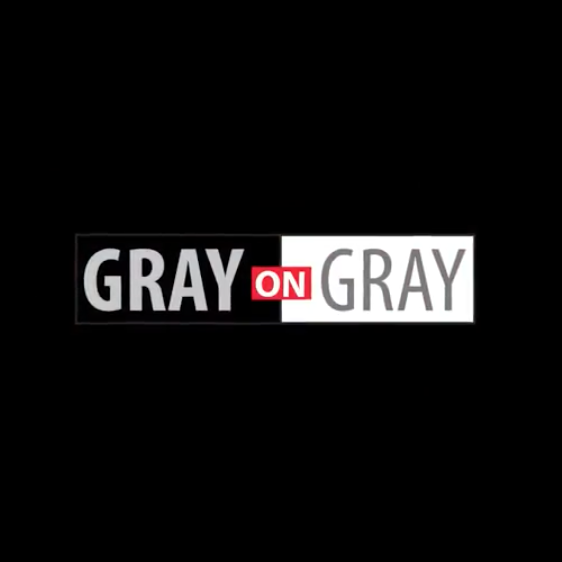No Moving Parts
Written by Gray Cook FMS
I love the concept of ‘no moving parts.’ No moving parts to me is yet another way to say we’re not a bunch of body parts moving around. We’re movement patterns, and the parts are key components.
When there’s a problem, obviously we talk about problematic the body part. But I’ve always tried to say and I tried to articulate this in the Movement book: You’re always greater than the sum of your parts.
 A movement pattern is the first and best way to look at movement, and then we work backward breaking it into parts. I just love the title No Moving Parts. You may even see me use it again somewhere.
A movement pattern is the first and best way to look at movement, and then we work backward breaking it into parts. I just love the title No Moving Parts. You may even see me use it again somewhere.
We’re moving patterns. Parts are within that.
We don’t talk about a car as nuts and bolts, but those are very important in holding that car together as it goes down the road. There’s no point going down the road when we have to stop and talk about a particular nut or bolt.
We would do that when the car is stopped and we’re investigating a flaw, a problem somewhere. When we’re going through mountain turns, we just appreciate the way the car handles.
But no moving parts means something else. I’ve spent the last five years of my life investing myself in three activities that don’t involve any moving parts. I’ve been into paddle sports, in particular stand-up paddle boarding. I’ve been trail running and I’ve been into kettlebells.
The kettlebell is an old piece of resistance equipment. It has no moving parts, and the majority of the lifts either keep you on your feet or get you to your feet. Think about that. A windmill, a swing, a snatch, a clean, a squat and even the getup all have you working on your feet.
There are no moving parts on the kettlebell. You have to have the skill to flip that kettlebell into place in a clean or a snatch. You have to balance that kettlebell. You and your patterns account for this rigid ball of metal and you make it flow beautifully through the air.
If we compare that to modern fitness and weight-training equipment, we see those always position you. We have cams and levers assisting you with what you do. The skill level needed to work out on a piece of equipment is nowhere near as great as when you work out with a kettlebell.
The kettlebell begs you to be more skillful. A lot of time and practice goes into safely performing and functioning with a kettlebell to get a workout. You have to think more, and you have to practice more.
What I mean by practice isn’t training or working out. It’s making the moves look good—making them look good.
 The side effect of a day of making stuff look good is a heck of a workout, but think about all the motor memory you gained by doing a kettlebell workout as if Brett Jones is standing there watching you. I can attest to the value of that; I’ve done that.
The side effect of a day of making stuff look good is a heck of a workout, but think about all the motor memory you gained by doing a kettlebell workout as if Brett Jones is standing there watching you. I can attest to the value of that; I’ve done that.
Let’s flip things for a minute. Think about trail running. If you’re running barefoot or in minimalist footwear, other than whatever you have on your feet, you don’t need a machine to run trails.
I love mountain biking, but I found myself on a bike trail thinking, I’m on this expensive piece of equipment, and except for the downhills I could probably make better progress on my feet. The bike is unnecessary.
This doesn’t mean I’m against biking, but at my age with everything I have going on, I like a simple life. Not needing to take a bike along, or deal with the moving parts and tune-ups all of these machines inevitably need is not even on the table anymore.
 As long as I have a pair of shoes, I can run anywhere. I prefer to run in a natural environment with changing terrain. That change keeps me engaged and helps me focus on what I’m doing. As the terrain and scenery changes, all I focus on is keeping my cadence.
As long as I have a pair of shoes, I can run anywhere. I prefer to run in a natural environment with changing terrain. That change keeps me engaged and helps me focus on what I’m doing. As the terrain and scenery changes, all I focus on is keeping my cadence.
Once again, I’m not relying on a machine with moving parts. I’m using my movement patterns.
And there’s stand-up paddleboarding. This isn’t a machine. It’s basically two pieces of sculpture. The paddleboard is designed to slice through the water, yet be supportive enough to balance you. Then if it’s designed correctly, the paddle makes it easy to feel like you’re planting your paddle into quicksand. When you pull on the paddle, you’re not moving water. You’re moving the paddleboard. There’s a lot of skill involved.
There’s a lot of skill involved in all three of these activities. Getting that kettlebell to look good takes a lot of skill. Bringing respect to a trail run takes a lot of skill.
Every spring and summer, Christopher McDougall’s book Born to Run makes me think about the amazing stories and analogies of getting into a natural environment and getting that short, choppy, very efficient cadence in running. Running is a skill. Learning how to run almost silently demonstrates a good management of energy expenditure.
 The essence of stand-up paddling is the forward stroke and that initial catch where you plant your paddle in the water and don’t make a lot of noise. If you do it right, the architecture of the paddle creates a bunch of resistance, almost like planting that paddle in mud. Learning how to pull on that, not with your biceps but with your lats and in a hip hinge—it’s awesome.
The essence of stand-up paddling is the forward stroke and that initial catch where you plant your paddle in the water and don’t make a lot of noise. If you do it right, the architecture of the paddle creates a bunch of resistance, almost like planting that paddle in mud. Learning how to pull on that, not with your biceps but with your lats and in a hip hinge—it’s awesome.
There’s a rhythmical, skillful way to train with kettlebells. There’s a rhythmical, skillful way to perform a trail run. There’s a rhythmical, skillful way to get on a stand-up
paddleboard and just detach.
In a lot of these activities, I am totally engaged. I’m managing my entire body the whole time. And in every one of these activities, I’m on my feet.
Yeah, I fall off the paddleboard. I’m not saying I haven’t slipped and fallen during a trail run. For the most part, I’m in a functional position and I’m moving. It’s just amazing to interact with these three activities and realize that my gear is minimal. The gear I do have has no moving parts. If I’m going to make these activities look good, it’s because my patterns are better.
I hope you like my spin on this. I don’t mean to bore you with my three favorite fitness tools. As I age, I like to simplify, but I also like to tap into self-limiting activities because in many cases, I’m coaching myself.
Related Resources
-
Members Only: Ask the Expert
Posted by Brandon Bennett
-
Gray Cook Talks Common Sense
Posted by FMS
-
Why Move Well Videos Week 3
Posted by Gray Cook
Please login to leave a comment
5 Comments
-
brendan searle 6/4/2015 5:54:45 PM
Excellent spin on the age old saying: "Keep It Simple, Stupid - KISS". What you say and what you do in those 3 activities reflects the essence of athleticism:- BEING IN MOTION! Really appreciate your wisdom.
-

Michelle Wald 2/16/2018 8:01:15 PM
I am not clear what makes your patterns better? I heard lats and hip hinge. Are there concepts to your movement patterns?
-

B. Dale 5/1/2014 3:32:37 PM
Good article, very easy in our daily lives to get caught up with machines, apps, time clocks, wattage etc etc....exercise should be practical and simple leading to an overall relaxation and stress reduction.
-

Adrian "Daisy" Day 12/18/2014 7:03:58 PM
Absolutely great way to think of things..
No moving parts. Great slogan!
-

Nick Ng 2/16/2018 8:01:16 PM
Gray, your posts or rants rarely get some of us bored. Since reading your first book in 2006 and having attended several workshops with you, Lee, and Dr. Mark Cheng, I finally understand the concept in 2011 that movement is a behavior, not just a bunch of parts moving in a biomechanical sense.
Exercise science is evolving like physics and socio-economics. The more we learn, the less we actually know and the more questions we ask. Isn't that how physics, biology, and paleontology evolved since the 17th century?

